
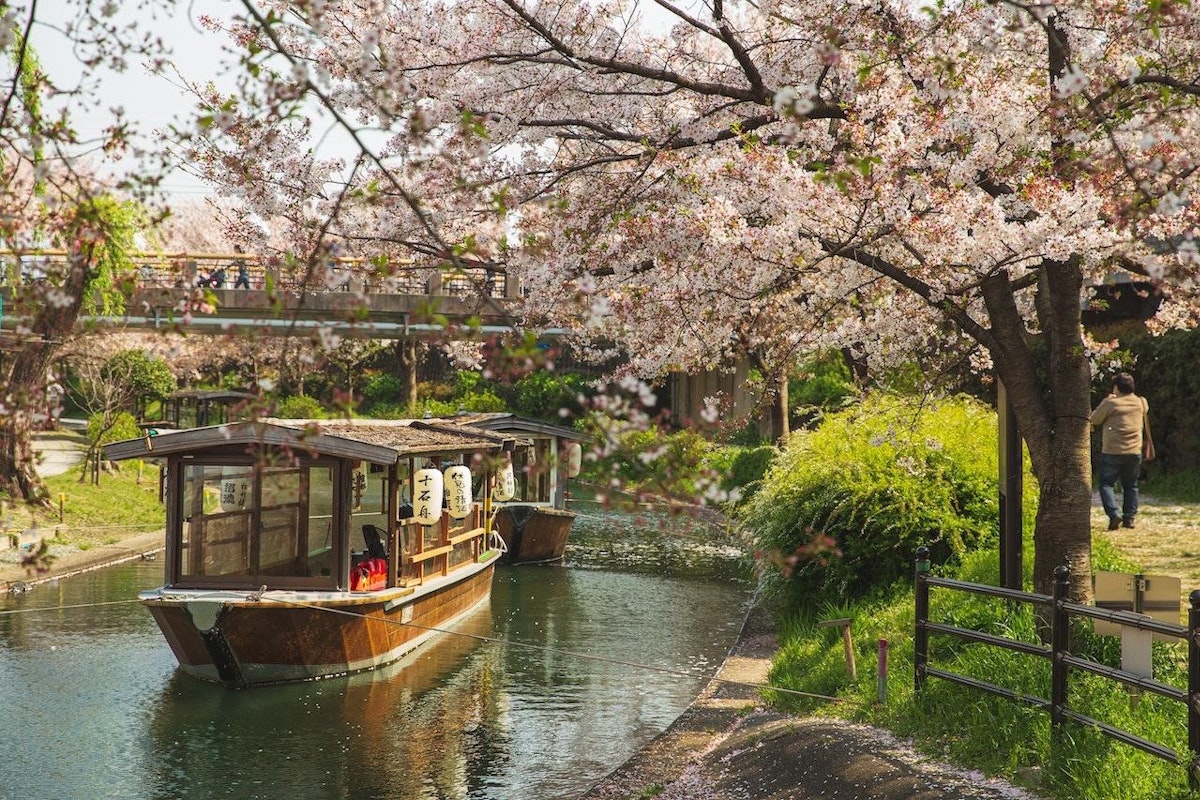
Stepping into Japan is like entering a world where the past and present coexist in perfect harmony, offering a unique and captivating experience for every traveler. Beyond its bustling cities, rich history, and technological prowess, Japan's true essence can be discovered in the remarkable beauty of its diverse natural landscapes.
From the awe-inspiring heights of Mount Fuji to the serene forests of Yakushima Island and the vibrant hues of cherry blossoms in spring, Japan is a treasure trove of breathtaking scenery that leaves a lasting impression on all who explore its wonders. In this article, we will take you on a journey through some of Japan's most extraordinary nature spots, perfect for outdoor enthusiasts looking to create unforgettable memories and forge a deeper connection with the Land of the Rising Sun.
Standing tall at 3,776 meters, Mount Fuji is not only Japan's highest peak but also a powerful symbol of the country's natural beauty and cultural heritage. Revered as a sacred mountain and source of artistic inspiration for centuries, this majestic volcano continues to captivate the hearts of both locals and visitors alike.
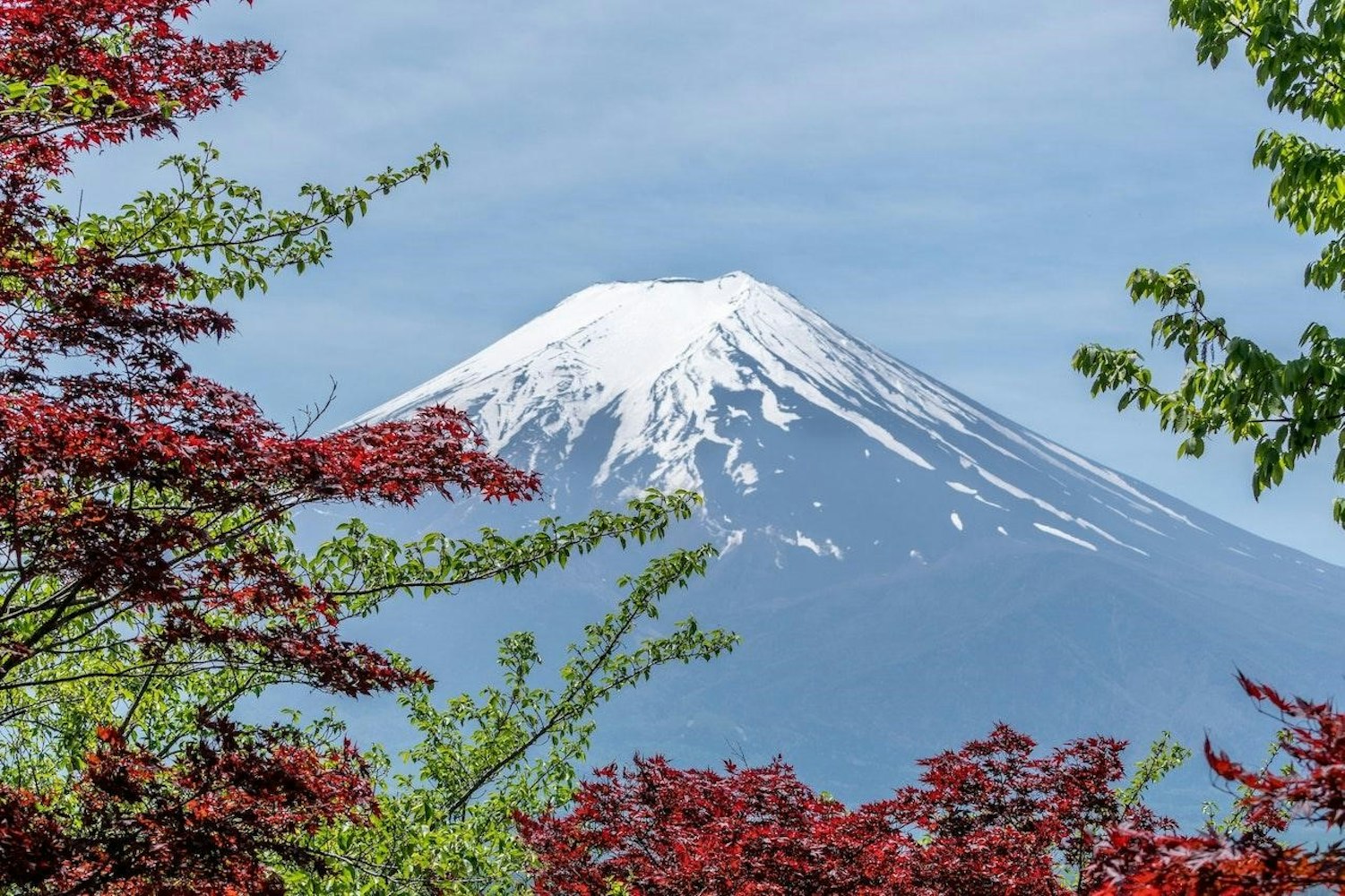
While the view of Mount Fuji from afar is undoubtedly breathtaking, the mountain also offers an unforgettable hiking experience for those who dare to ascend its slopes. The climbing season typically runs from early July to early September, when the weather is most favorable, and the trails are free of snow.
There are four main trails to choose from, each with its own distinct character and difficulty level: Yoshida, Subashiri, Gotemba, and Fujinomiya. Along the way, you'll encounter mountain huts offering food, water, and rest, as well as the opportunity to witness the stunning sunrise from the summit. Reaching the top is an accomplishment that is rewarded with panoramic views of the surrounding landscape and a sense of awe for the mountain's magnificence.
If you prefer to admire Mount Fuji from a distance, there are numerous picturesque locations that provide the perfect vantage point. Some of the most popular spots include:
Lake Kawaguchiko: Part of the famous Fuji Five Lakes, Lake Kawaguchiko's serene waters reflect Mount Fuji's image, creating an enchanting scene.
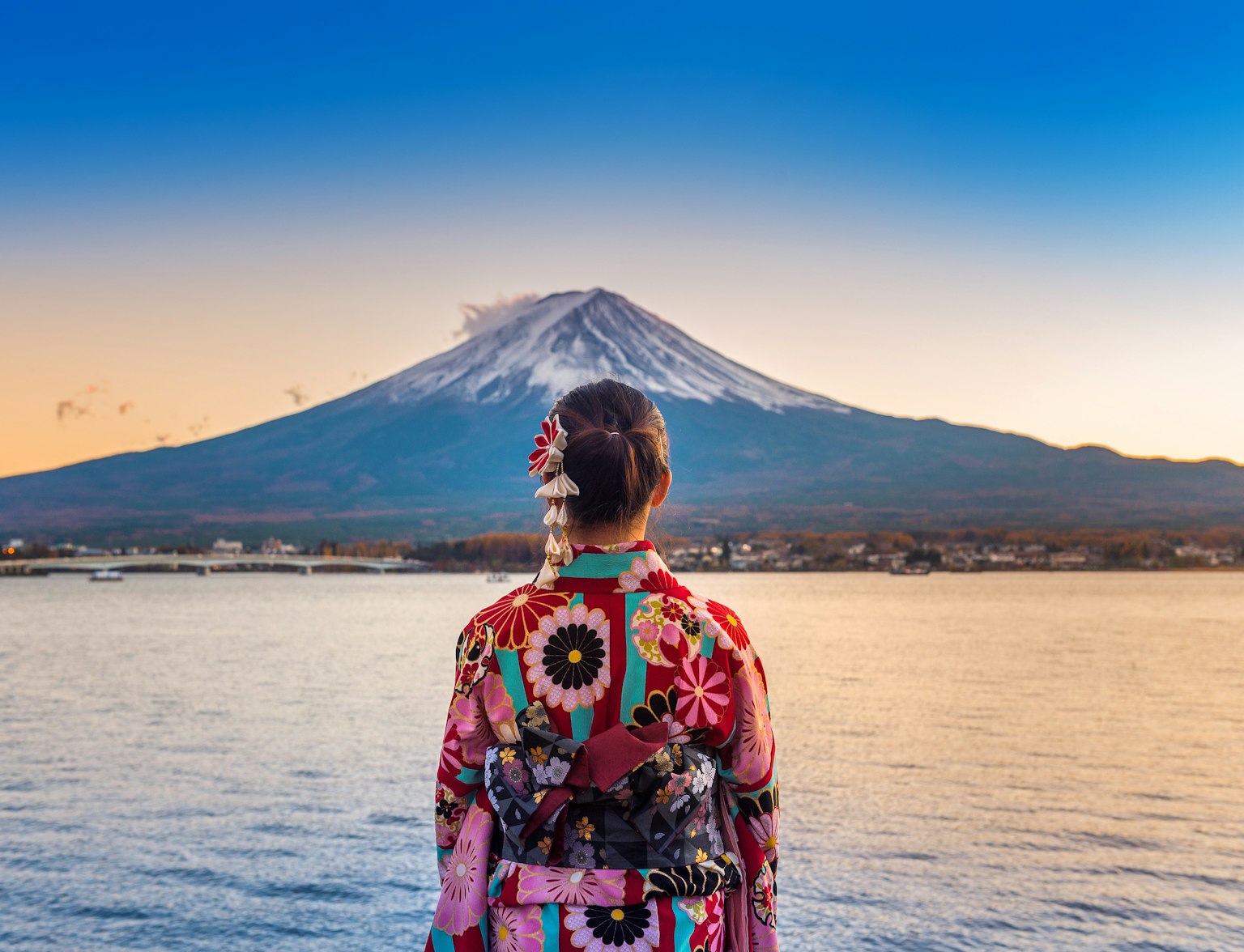
Capture Lake Kawaguchi's pristine views.
Chureito Pagoda: Located within the Arakura Sengen Shrine in Fujiyoshida, the Chureito Pagoda offers a stunning view of Mount Fuji, framed by cherry blossoms in the spring or vibrant autumn foliage.
Hakone: This well-known onsen town is nestled within the Fuji-Hakone-IzuNational Park and boasts several vantage points for admiring Mount Fuji, such as the Hakone Ropeway and the shores of Lake Ashinoko.
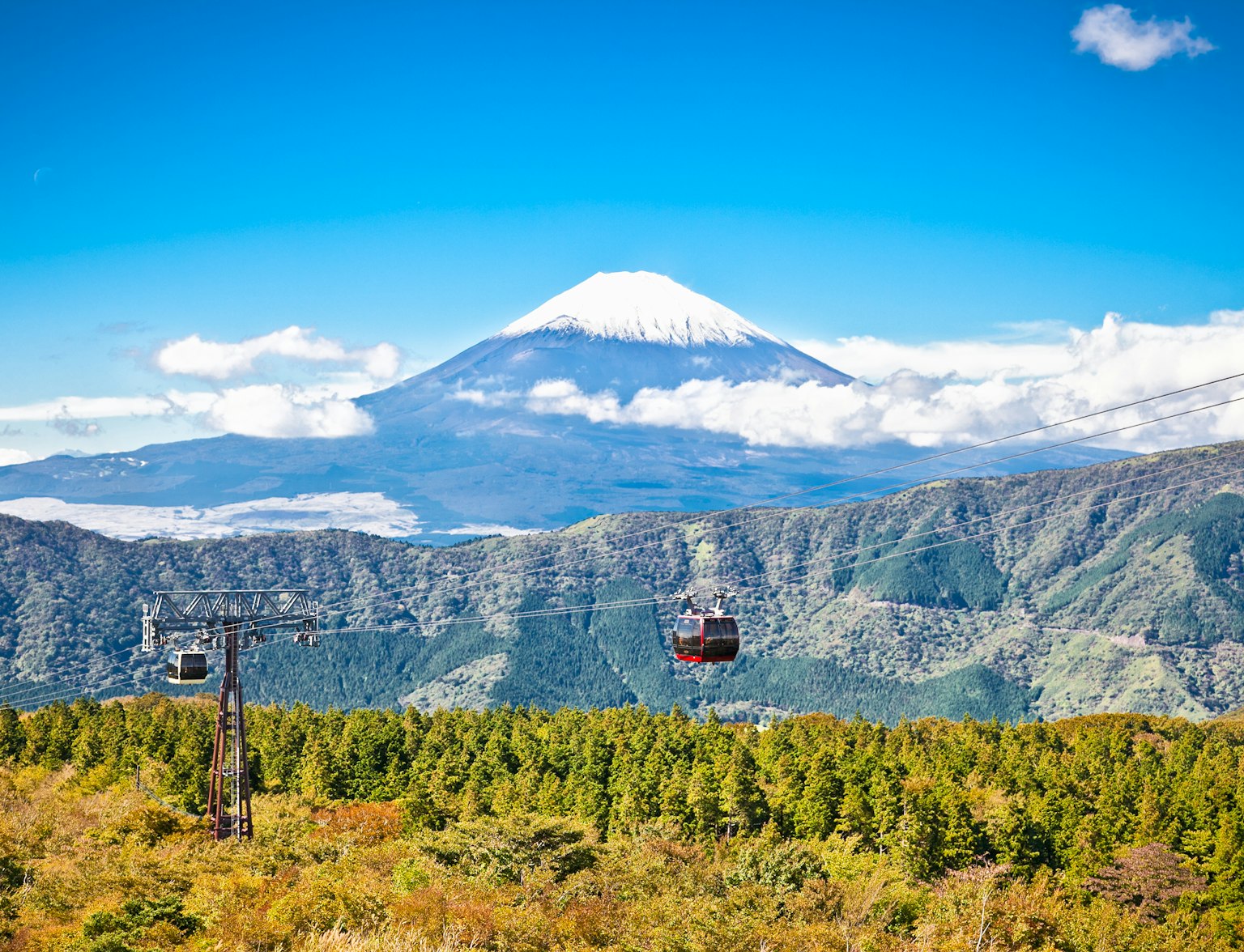
Enjoy the spectacular view of Mt. Fuji.
Nestled in the Seto Inland Sea, Miyajima Island is a captivating destination that offers a harmonious blend of natural beauty, cultural heritage, and spiritual significance. Often referred to as the "Island of the Gods," Miyajima is a must-visit destination for nature lovers seeking to immerse themselves in the enchanting landscapes and rich history of this sacred island.
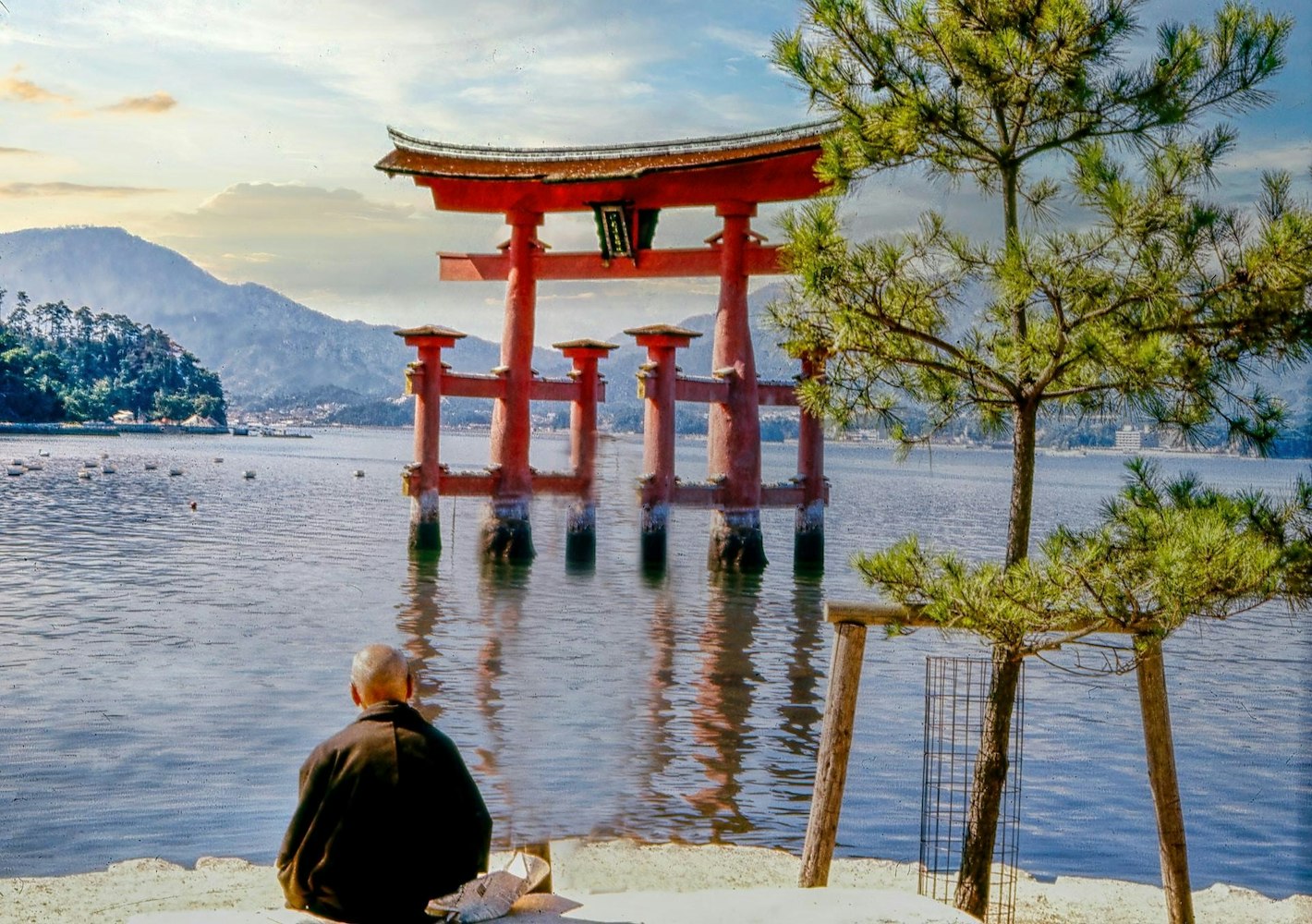
Miyajima Island has been a sacred site since ancient times. The island is best known as the home of Itsukushima Shrine, a UNESCO World Heritage Site and an important Shinto sanctuary that has been drawing pilgrims and visitors for centuries. The shrine, which dates back to the 6th century, is dedicated to the three daughters of the Shinto deity Susano-o no Mikoto, who are believed to protect sailors and ensure safe sea travels.
One of the most iconic sights on Miyajima Island is the vermillion "floating" torii gate, which appears to be hovering on the water at high tide. This stunning sight has become synonymous with the island and is often considered one of the most Instagrammable spots in Japan. The torii gate, which serves as the entrance to Itsukushima Shrine, is said to separate the sacred realm from the profane world and is a must-see attraction for any visitor to the island.
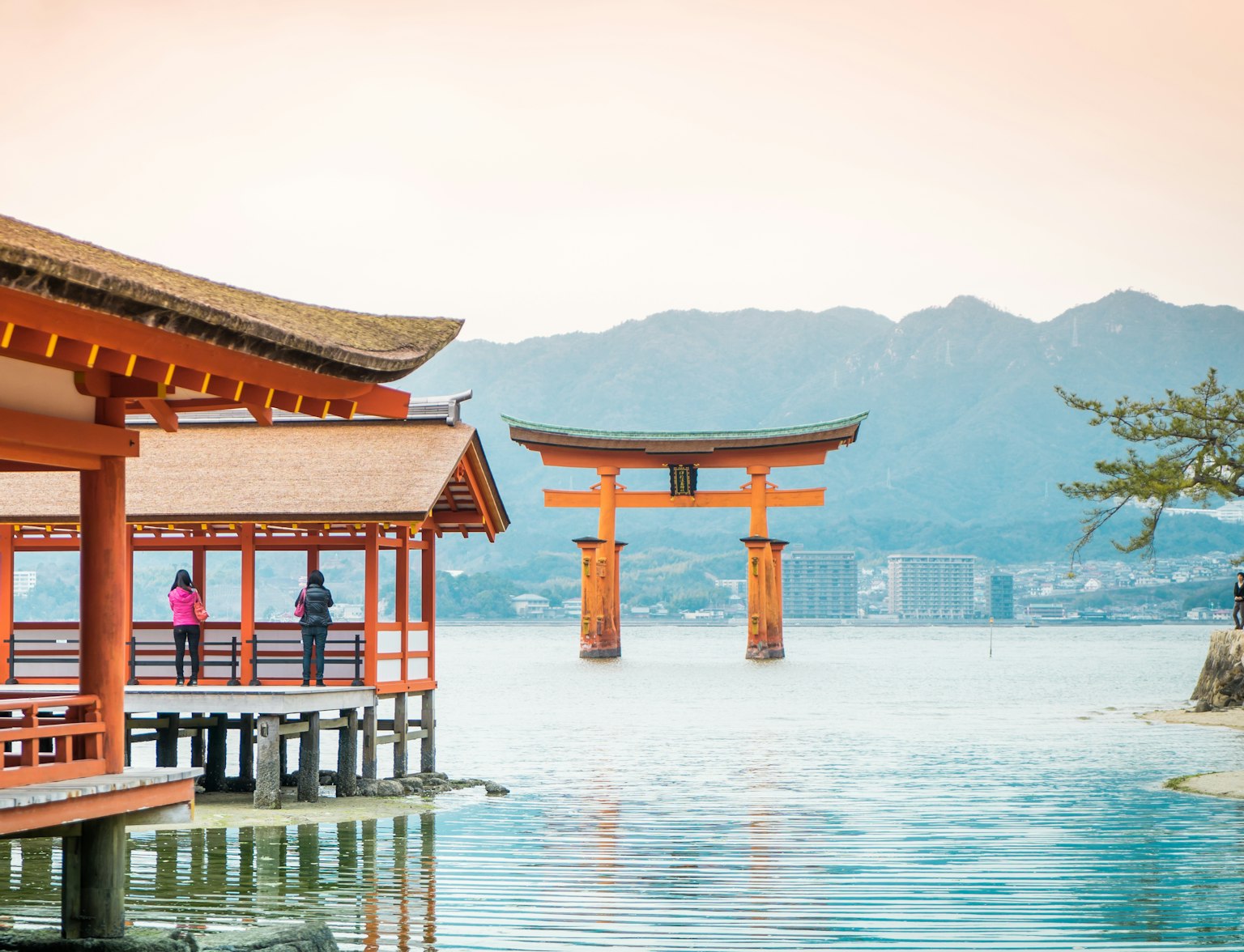
See the most Instagrammable spot on Miyajima Island.
Beyond its cultural and spiritual significance, Miyajima Island is also a paradise for nature enthusiasts. The island's lush forests, rugged mountains, and picturesque coastlines offer a range of outdoor activities, including hiking, birdwatching, and even kayaking.
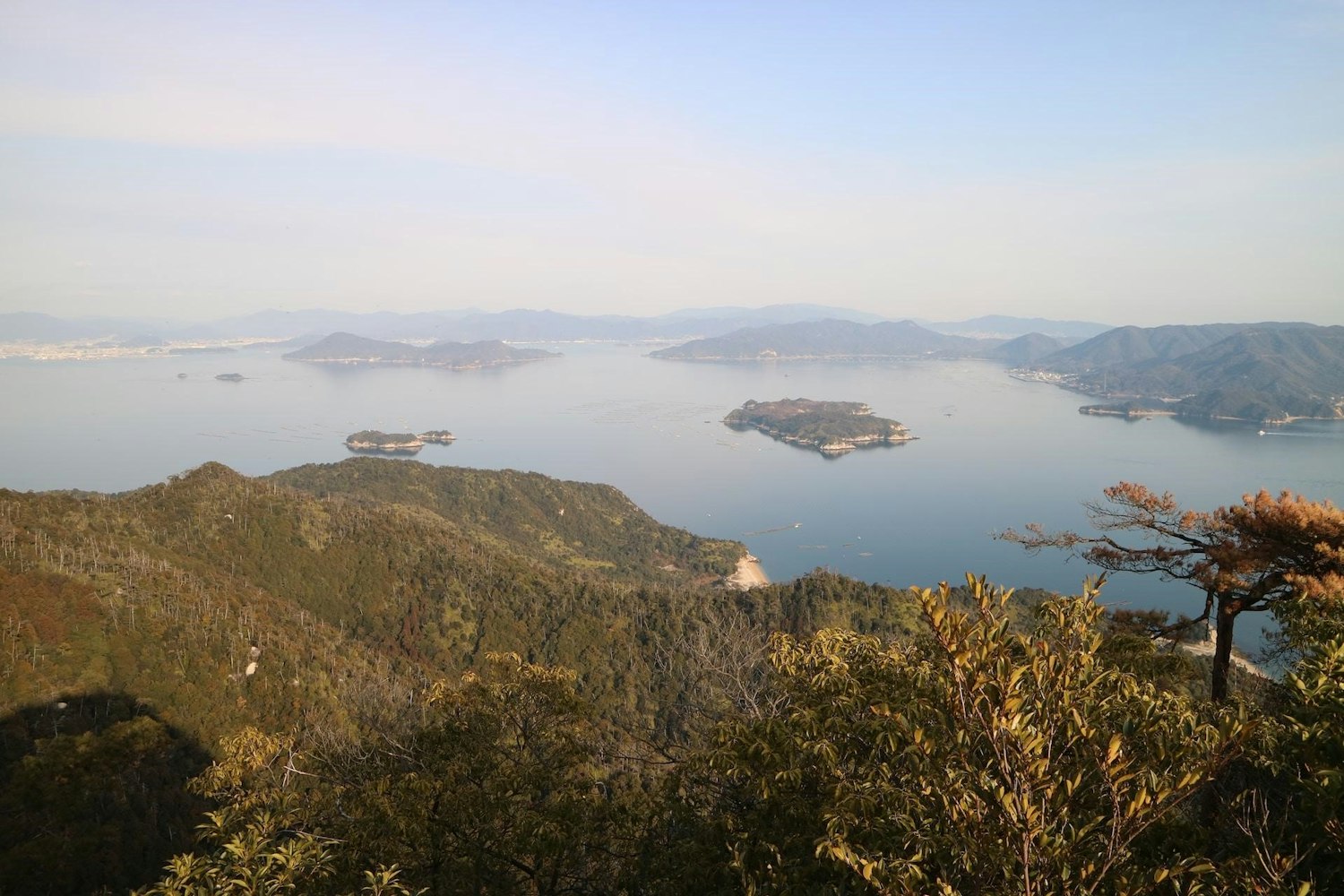
For hiking enthusiasts, Mount Misen, the island's highest peak, offers several trails that cater to different skill levels. The most popular route, the Momijidani Trail, takes you through the verdant Momijidani Park, which is particularly stunning during autumn when the leaves turn vibrant shades of red and orange. At the summit, you'll be rewarded with panoramic views of the Seto Inland Sea and the surrounding islands.
In addition to its stunning landscapes, Miyajima Island is home to a diverse array of wildlife. The famous Sika deer, considered sacred messengers of the gods, freely roam throughout the island, often approaching visitors in search of a snack. The island's forests also host a variety of bird species, making it an ideal location for birdwatching enthusiasts.
Nikko National Park, a UNESCO World Heritage Site, serves as a serene retreat for those seeking to immerse themselves in Japan's magnificent natural landscapes and rich cultural heritage. From the breathtaking Kegon Falls to the ancient temples and shrines that dot the region, Nikko is an idyllic destination for nature lovers and history enthusiasts alike.
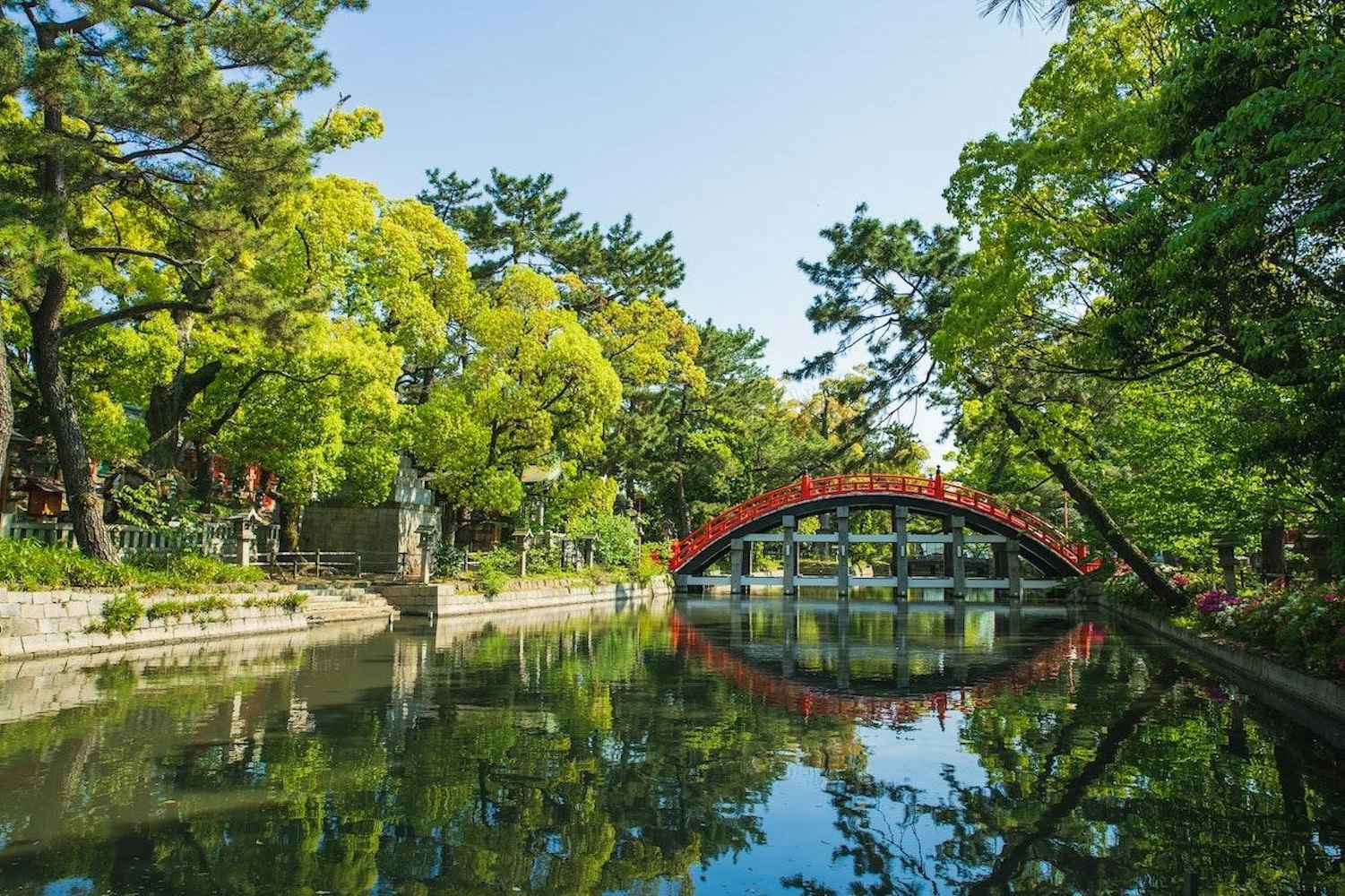
Established in 1934, Nikko National Park encompasses a vast area of over 1,400 square kilometers, stretching across Tochigi, Gunma, and Fukushima prefectures. The park's diverse topography includes mountains, lakes, waterfalls, and hot springs, offering a range of outdoor activities for visitors to enjoy, such as hiking, birdwatching, and bathing in onsens.
The park is also home to the Shrines and Temples of Nikko, a UNESCO World Heritage Site that boasts some of Japan's most important and ornate religious structures, including the Toshogu Shrine, dedicated to the revered shogun Tokugawa Ieyasu.
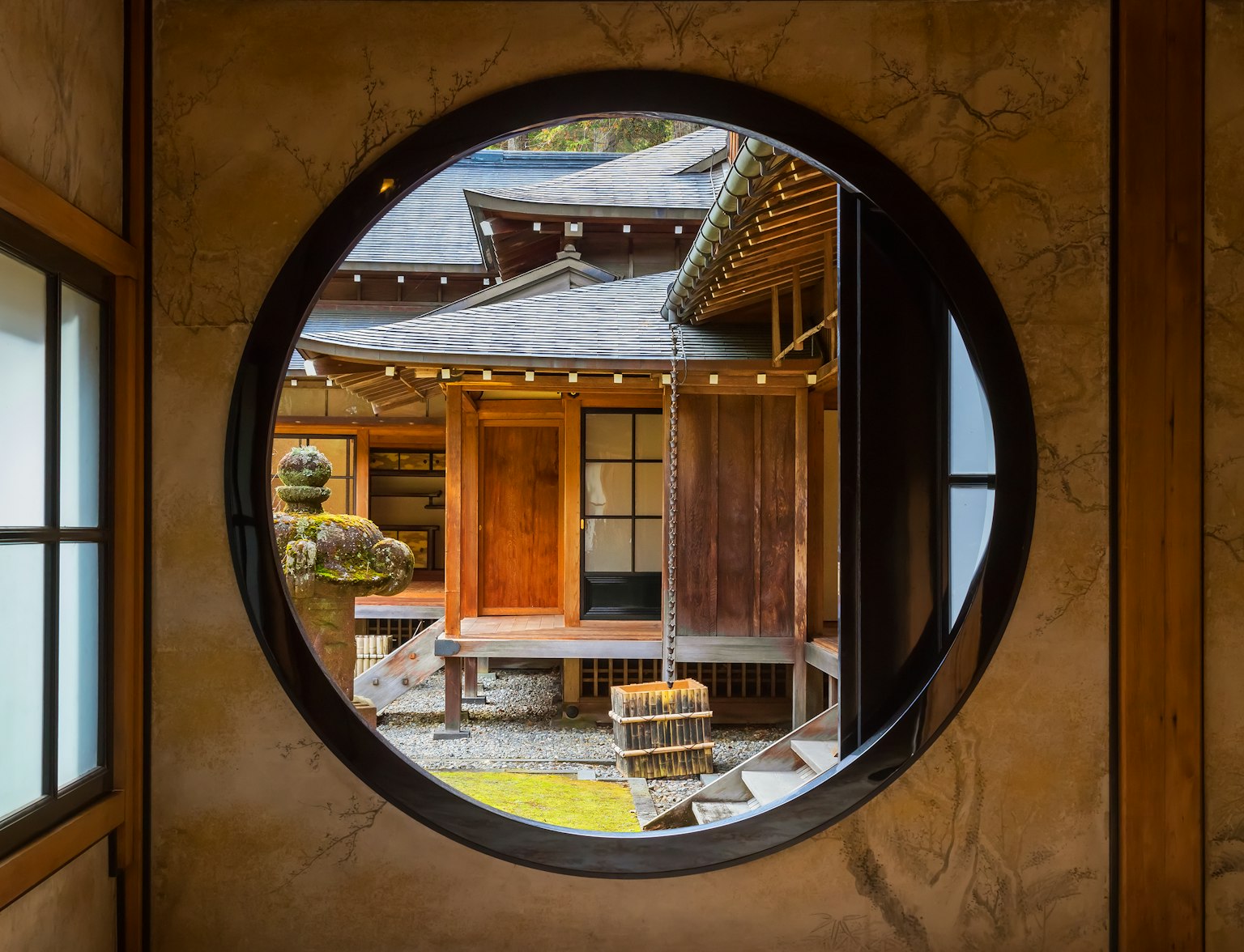
Prepare to be swept away on an extraordinary journey through Nikko.
One of Nikko National Park's most captivating attractions is Kegon Falls, a majestic waterfall that plummets 97 meters into the gorge below. As one of Japan's three most famous waterfalls, Kegon Falls draws visitors from across the globe to marvel at its sheer power and beauty. A visit during autumn offers an exceptional experience as the surrounding foliage transforms into a stunning palette of reds, oranges, and yellows.
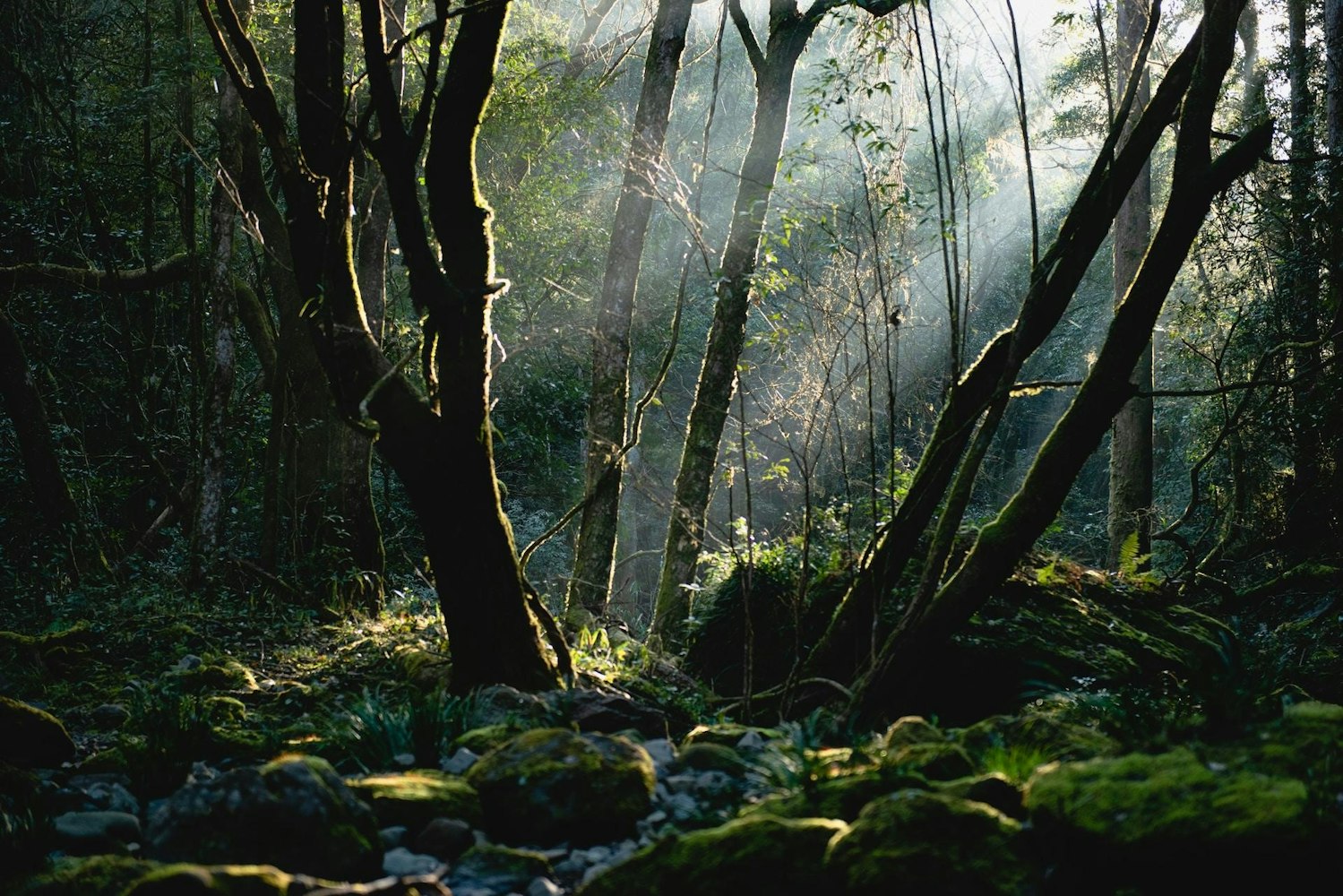
Yakushima Island is a mystical haven that has captured the imaginations of artists, filmmakers, and nature enthusiasts alike. Its ancient forests, thousand-year-old Yakusugi trees, and diverse wildlife create a fantastical atmosphere that inspired the iconic Studio Ghibli film, "Princess Mononoke." A visit to this enchanting island offers a truly unforgettable experience.
Yakushima Island's primeval forests have stood the test of time, with some of the island's trees dating back thousands of years. In recognition of their unique beauty and ecological significance, these ancient forests were designated as a UNESCO World Heritage Site in 1993. Hiking through the lush greenery and breathing in the fresh, clean air, visitors are transported to a magical realm that feels untouched by time.
Among the most awe-inspiring features of Yakushima Island are the Yakusugi trees and ancient Japanese cedars that are over 1,000 years old. These towering giants, with their gnarled trunks and sprawling branches, are a testament to the resilience and majesty of nature. The most famous of these trees, Jomon Sugi, is estimated to be between 2,170 and 7,200 years old and stands as a symbol of the island's enchanting beauty.
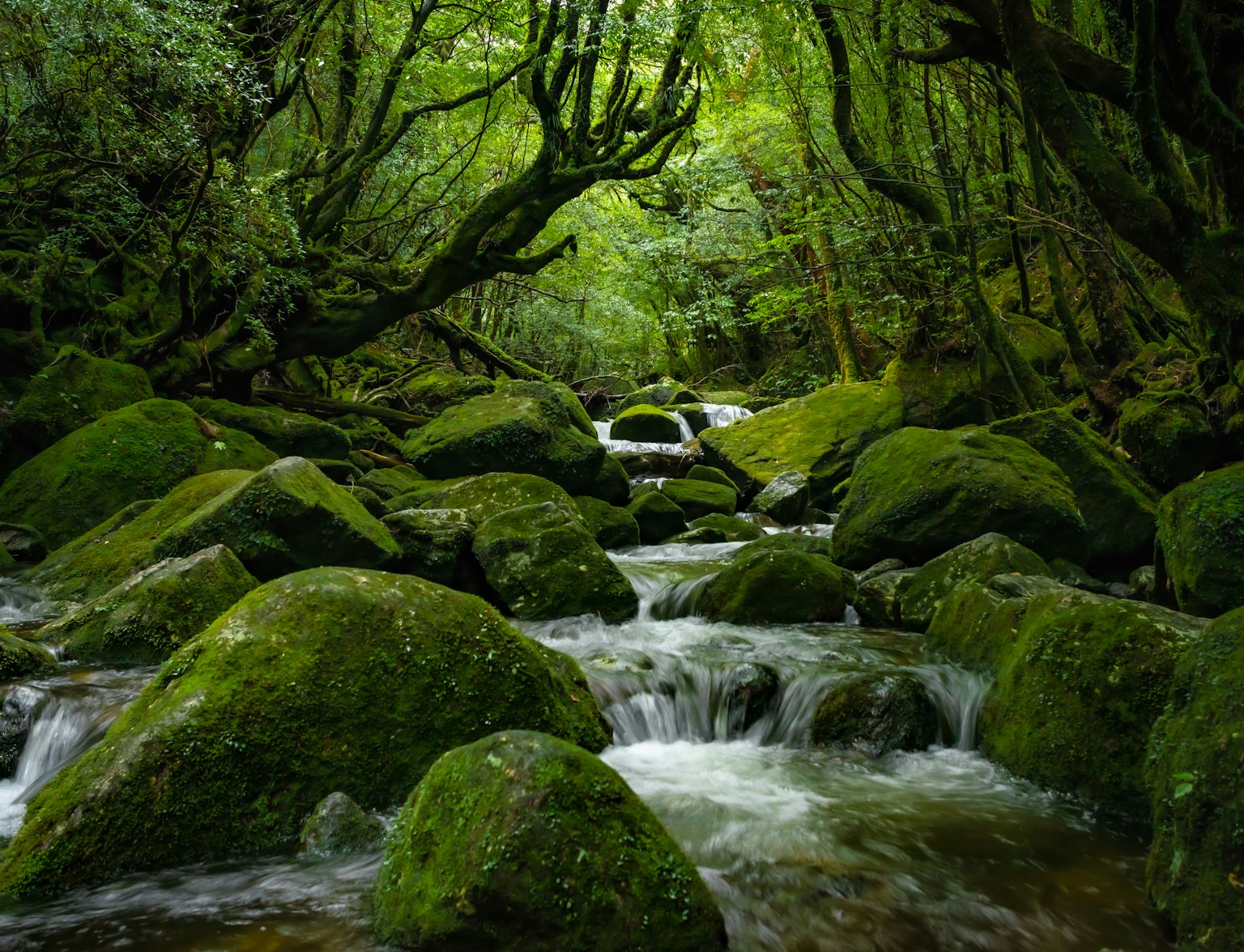
Experience the magic of Yakushima with our captivating adventure!
In addition to its breathtaking forests, Yakushima Island is home to an array of unique and captivating wildlife. The island's dense foliage provides a sanctuary for the Yakushima macaque, a subspecies of the Japanese macaque that is found only on this island. The coastal waters surrounding Yakushima also serve as nesting grounds for endangered loggerhead sea turtles, which lay their eggs on the island's sandy beaches each year.
Shirakami Sanchi is a hidden gem in Japan that offers visitors a glimpse into an untouched wilderness of primeval beech forests and mesmerizing landscapes. This pristine region is a haven for eco-tourism and hiking enthusiasts, providing countless opportunities to explore and appreciate the beauty of nature.
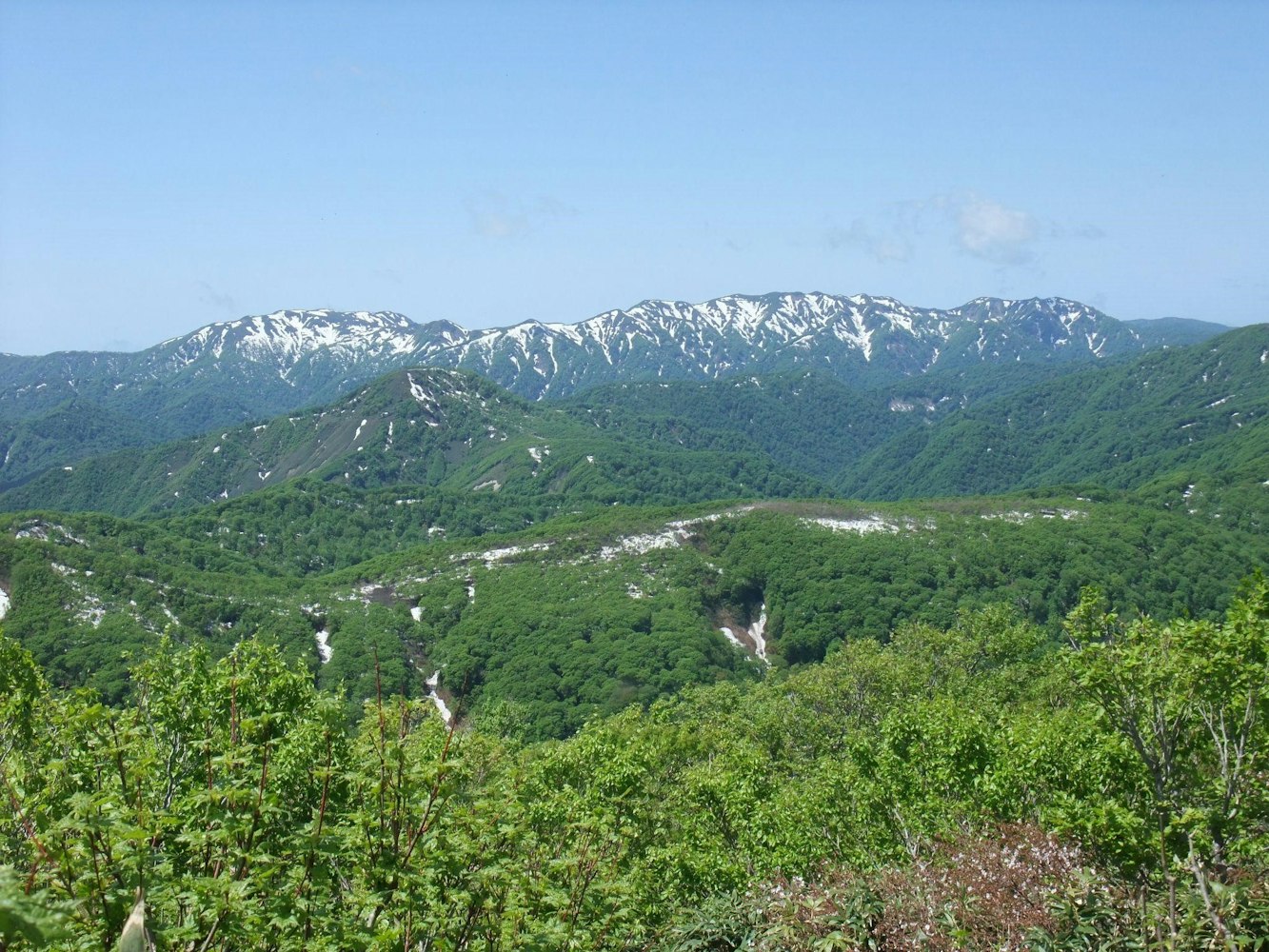
Located in the remote Tohoku region, Shirakami Sanchi stretches across both Aomori and Akita prefectures, covering a vast area of approximately 1,300 square kilometers. The area's seclusion and strict conservation measures have allowed it to remain one of Japan's most unspoiled natural havens, rich in diverse flora and fauna.
The core of Shirakami Sanchi's allure lies in its ancient beech forests, some of the last remaining virgin beech woodlands on Earth. Recognized as a UNESCO World Heritage Site in 1993, these forests offer a rare opportunity to experience an ecosystem that has endured relatively unchanged for millennia. The soaring trees, lush greenery, and pristine streams combine to create a magical setting that captivates all who visit.
Shirakami Sanchi offers a range of eco-tourism opportunities and hiking trails that cater to different skill levels and interests. The Anmon Falls trail is a popular route, leading hikers through the pristine forest to a stunning three-tiered waterfall. For more experienced trekkers, the challenging hike to Mount Futatsumori rewards visitors with panoramic views of the surrounding landscape.
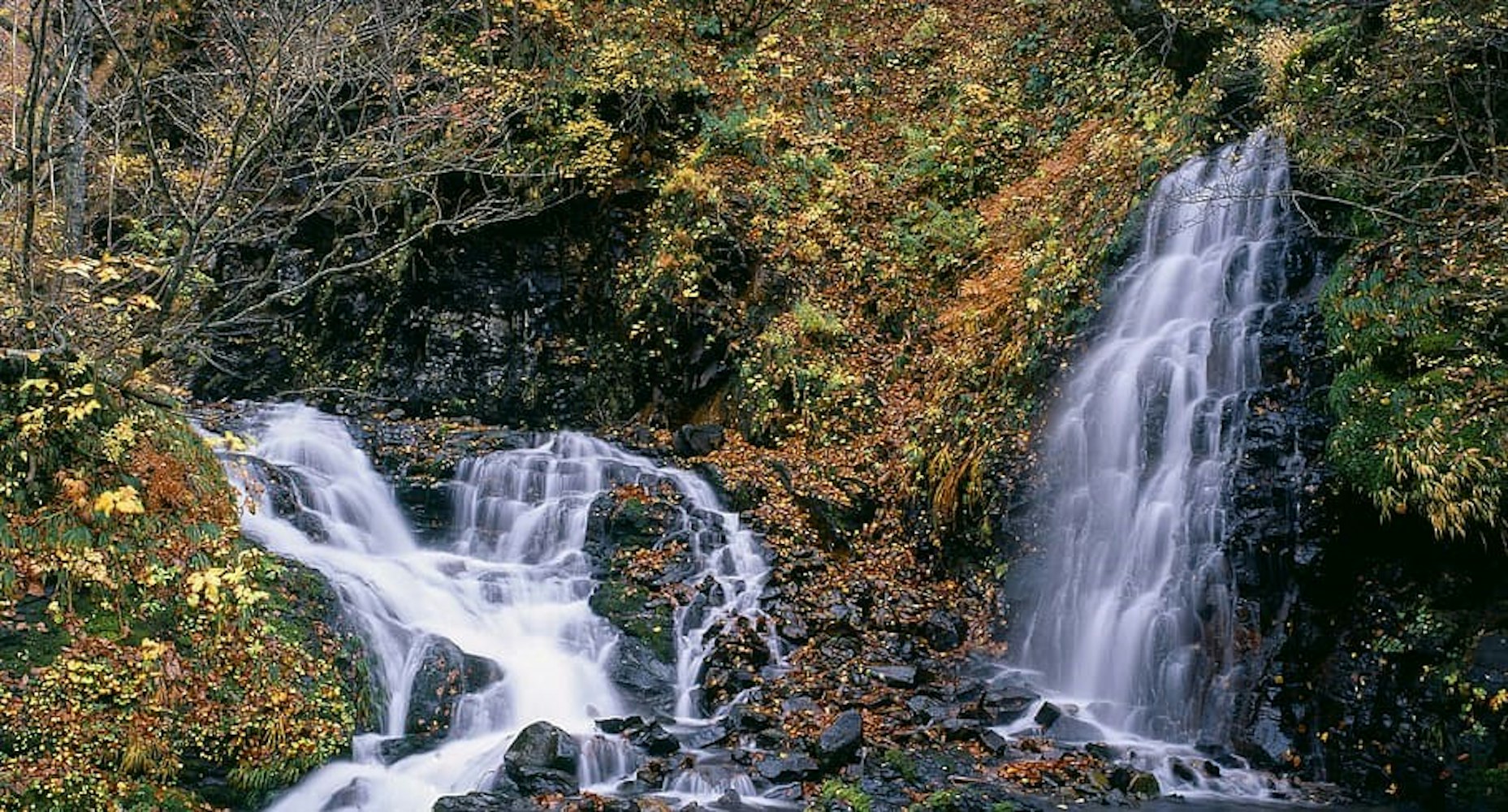
In addition to hiking, Shirakami Sanchi also provides opportunities for birdwatching, wildlife spotting, and photography, allowing visitors to fully immerse themselves in the region's natural wonders.
Japan's stunning landscapes and natural attractions extend far beyond its well-known destinations. In this section, we delve into some of the country's hidden gems, including the tranquil valley of Kamikochi, the scenic Oirase Gorge, and other captivating off-the-beaten-path nature spots that are just waiting to be discovered.
Tucked away in the heart of the Japanese Alps, Kamikochi is a breathtaking valley that remains a well-kept secret among international tourists. At an altitude of 1,500 meters, this highland paradise boasts crystal-clear rivers, dense forests, and impressive mountain peaks, offering a perfect backdrop for nature enthusiasts to explore and unwind.
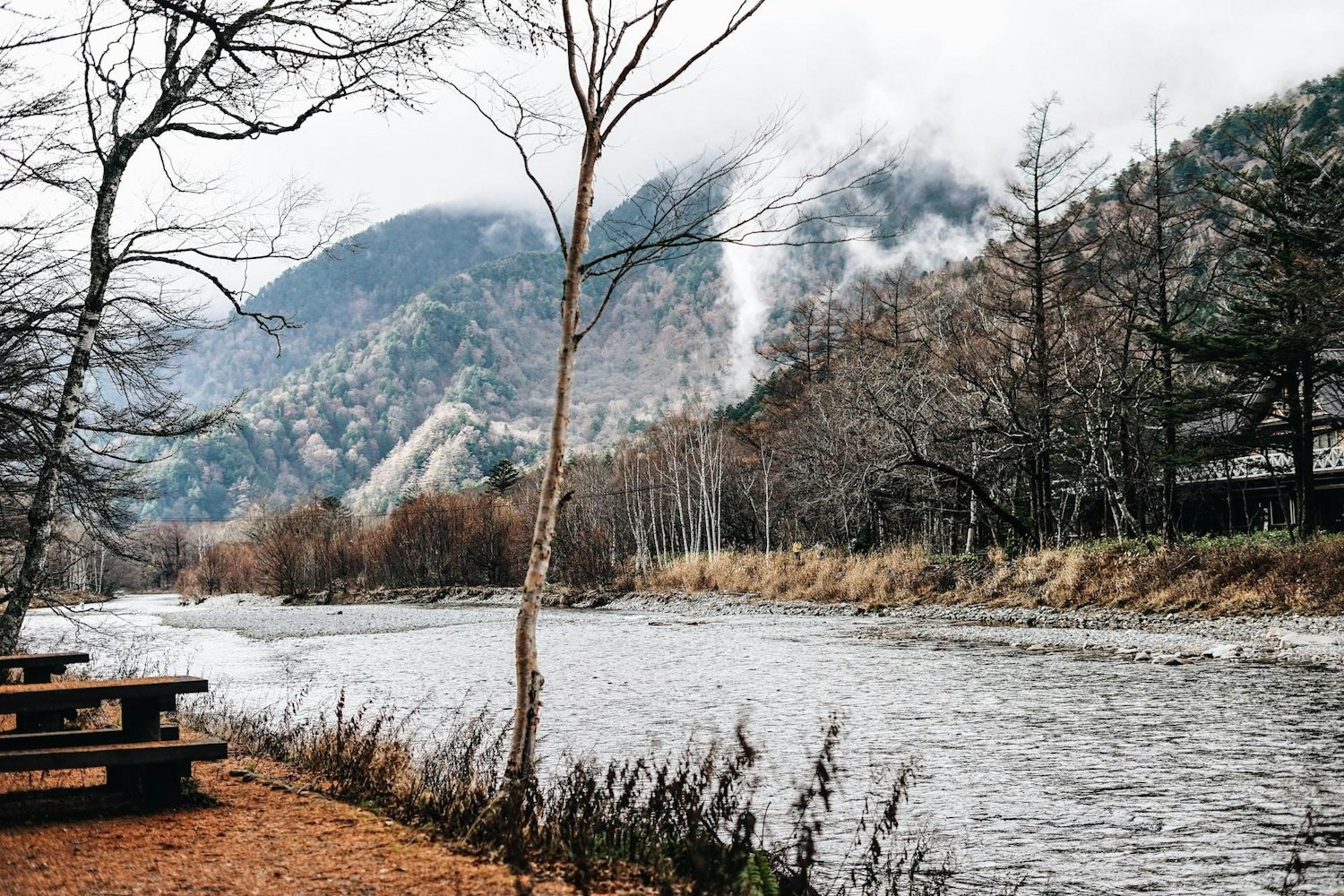
Visitors to Kamikochi can take leisurely walks along the pristine Azusa River, admire the valley's vibrant foliage during the autumn season, or embark on more challenging hikes to experience awe-inspiring alpine landscapes from higher vantage points.
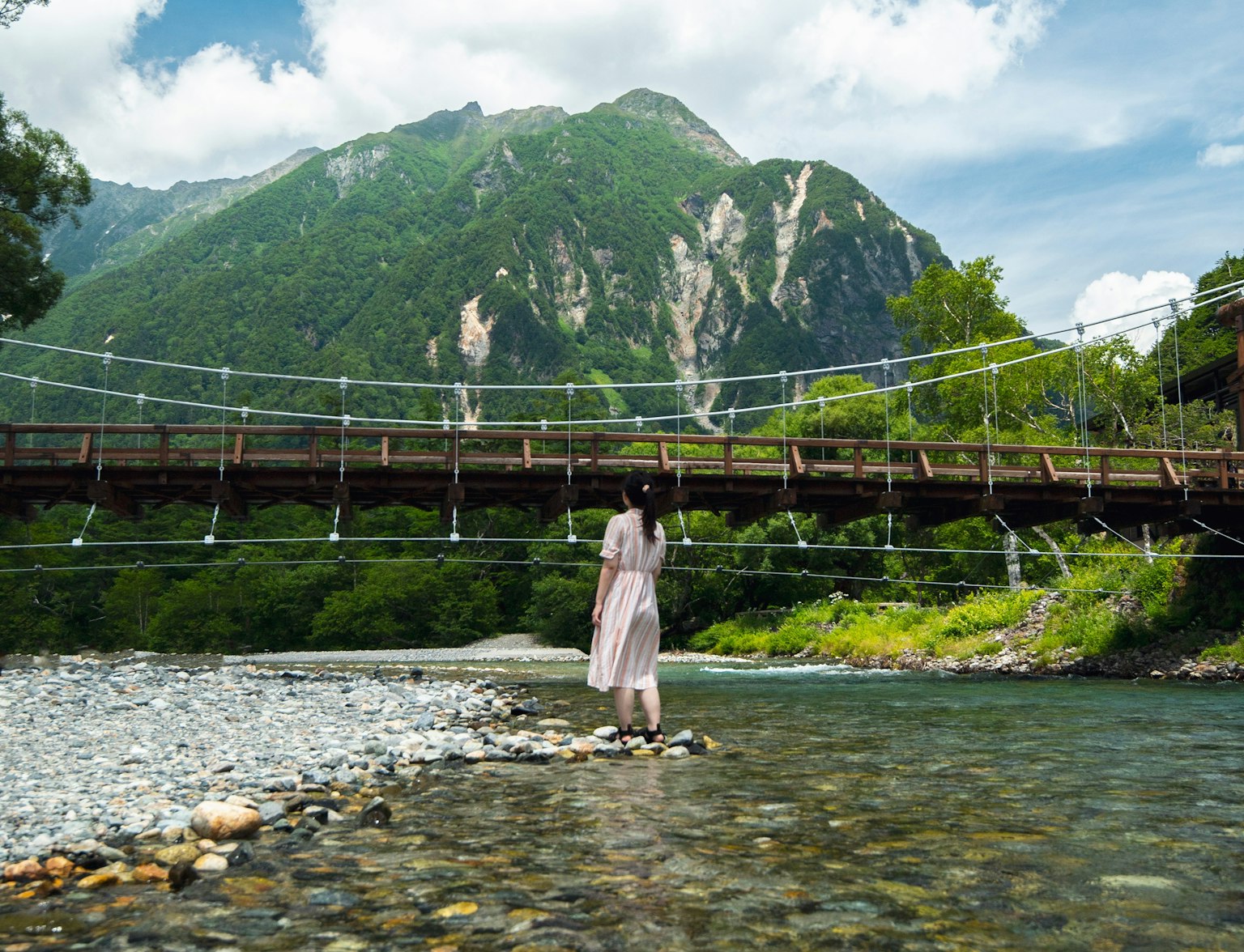
Explore Japan's renowned mountain resort, on a 6-8 hour guided hiking adventure.
Oirase Gorge is a scenic river canyon celebrated for its lush greenery, tumbling waterfalls, and striking rock formations. The Oirase River, which serves as the sole outlet from Lake Towada, meanders through the gorge, carving a path bordered by vivid forests.
A well-maintained walking trail alongside the gorge allows visitors to fully appreciate Oirase Gorge's beauty at a leisurely pace, featuring numerous rest stops and observation points to soak in the sights and sounds of this enchanting landscape.
The cherry blossom season, or sakura, is undoubtedly one of Japan's most anticipated and beloved events. The delicate, pink-hued flowers captivate both locals and tourists alike as they transform the landscape into a dreamy, pastel wonderland. Today, we will explore the tradition of hanami, the best places to see cherry blossoms in Japan, and tips for planning the perfect cherry blossom viewing trip.
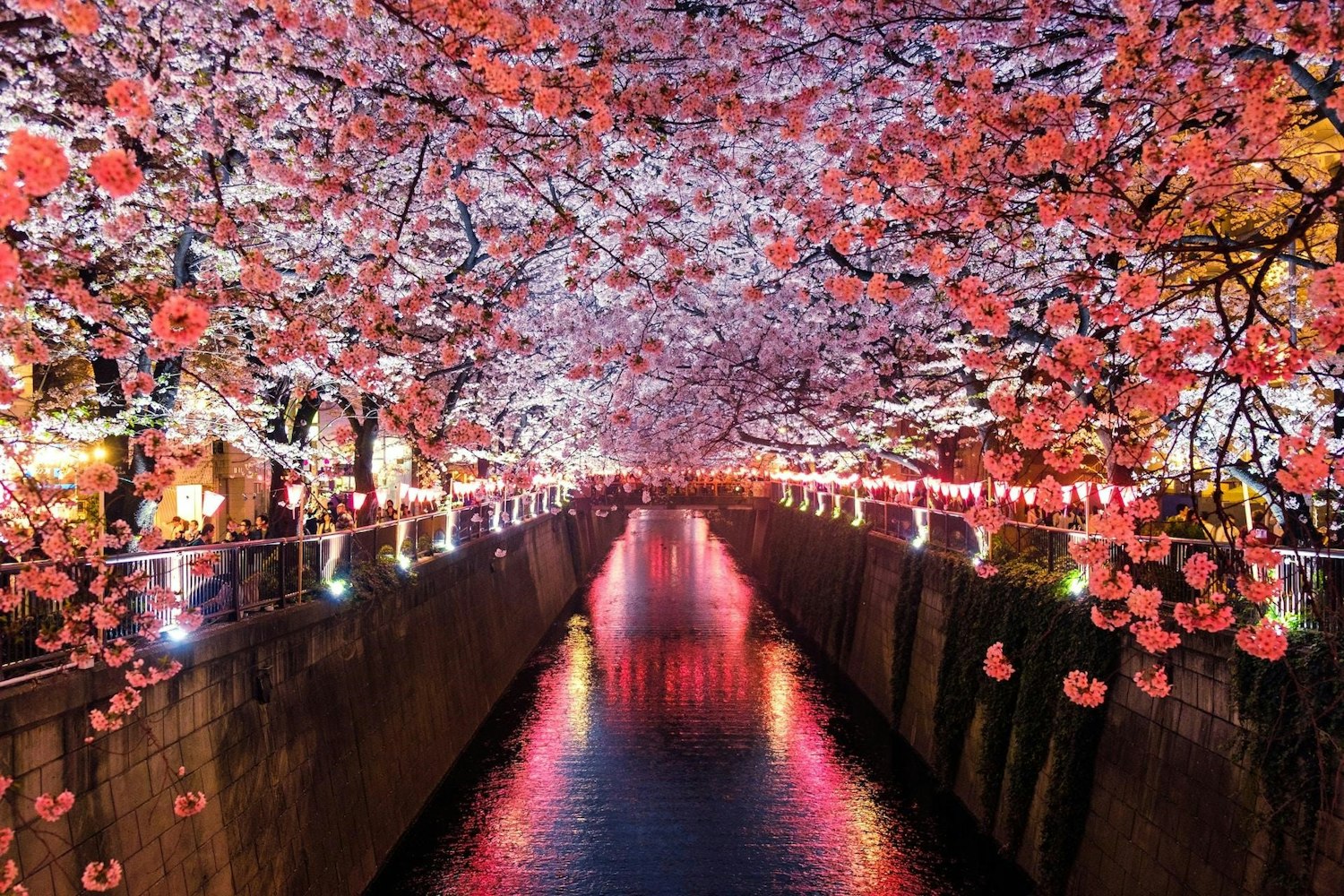
Hanami, which translates to "flower viewing," is the centuries-old Japanese tradition of gathering with friends, family, or colleagues to appreciate the ephemeral beauty of cherry blossoms. People often enjoy picnics under the blooming trees, savoring seasonal treats and beverages while basking in the floral splendor.
The cherry blossom season typically lasts from late March to early April, depending on the region and weather conditions. During this fleeting period, parks, temples, and streets across Japan are adorned with sakura, creating an enchanting atmosphere that is not to be missed.
Japan offers countless locations to witness the magnificent cherry blossoms, each with its unique charm. Some of the most iconic spots include:
Hirosaki Park (Aomori): With over 2,500 cherry trees and a picturesque castle backdrop, Hirosaki Park is a popular destination for cherry blossom enthusiasts.
Ueno Park (Tokyo): This bustling park attracts visitors with its more than 1,000 cherry trees and numerous cultural attractions nearby.
Philosopher's Path (Kyoto): A serene, cherry tree-lined path that follows a canal in Kyoto, offering a tranquil setting for a leisurely stroll.
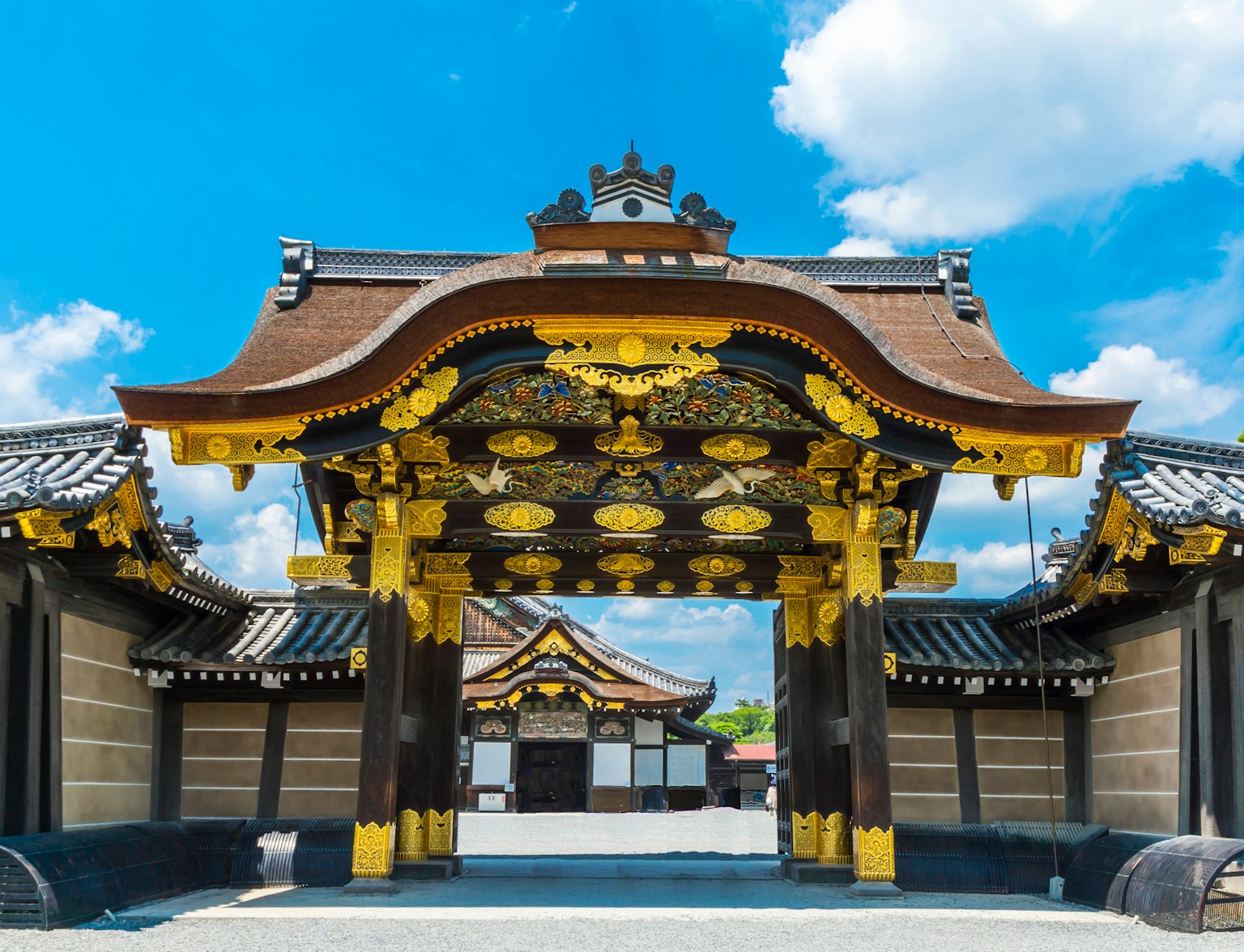
Enjoy the promenade after a day's visit to Kyoto's palaces and temples.
Himeji Castle (Hyogo): The majestic, white Himeji Castle, surrounded by cherry blossoms, creates a breathtaking scene straight out of a fairy tale.
The connection between nature and spirituality runs deep in Japan, as many sacred sites are nestled within stunning landscapes. These awe-inspiring locations offer travelers a unique opportunity to immerse themselves in Japan's rich cultural heritage, surrounded by breathtaking natural beauty. This section will explore the ancient pilgrimage route of Kumano Kodo, the sacred Mount Koya, and other spiritual and cultural sites that harmoniously blend with nature.

The Kumano Kodo is a network of ancient pilgrimage trails that traverse the Kii Peninsula in southern Japan. For over a thousand years, these paths have been traveled by emperors, monks, and pilgrims seeking spiritual renewal and connection with nature. The trails wind through verdant forests, past serene waterfalls, and alongside sacred shrines, offering a deeply enriching experience for hikers and nature lovers.
There are various routes to choose from, each varying in length and difficulty. The Nakahechi route is the most popular and accessible, taking hikers on a journey from the coastal town of Tanabe to the sacred Kumano Sanzan shrines. The Kumano Kodo is a UNESCO World Heritage Site recognized for its unique blend of nature, culture, and spirituality.
Mount Koya, or Koyasan, is a secluded mountain retreat and the center of Shingon Buddhism in Japan. Founded in 816 by the monk Kukai, Koyasan is home to over 100 temples, many of which offer lodging for visitors seeking an authentic temple stay experience.
The journey to Koyasan is a spiritual experience in itself, as visitors traverse the scenic mountain paths before arriving at the sacred site. Once there, travelers can explore the atmospheric Okunoin Cemetery, participate in morning prayers, and enjoy traditional Buddhist vegetarian cuisine.
Japan boasts numerous other spiritual and cultural sites nestled within beautiful natural settings. Some noteworthy examples include:
Mount Haguro (Yamagata): One of the Three Mountains of Dewa, Mount Haguro offers a serene hiking experience with stone steps leading to the beautiful Five-Storied Pagoda and the shrine at the summit.
Ise Jingu (Mie): Japan's most sacred Shinto shrine, surrounded by lush forests, offers a tranquil atmosphere for spiritual reflection.
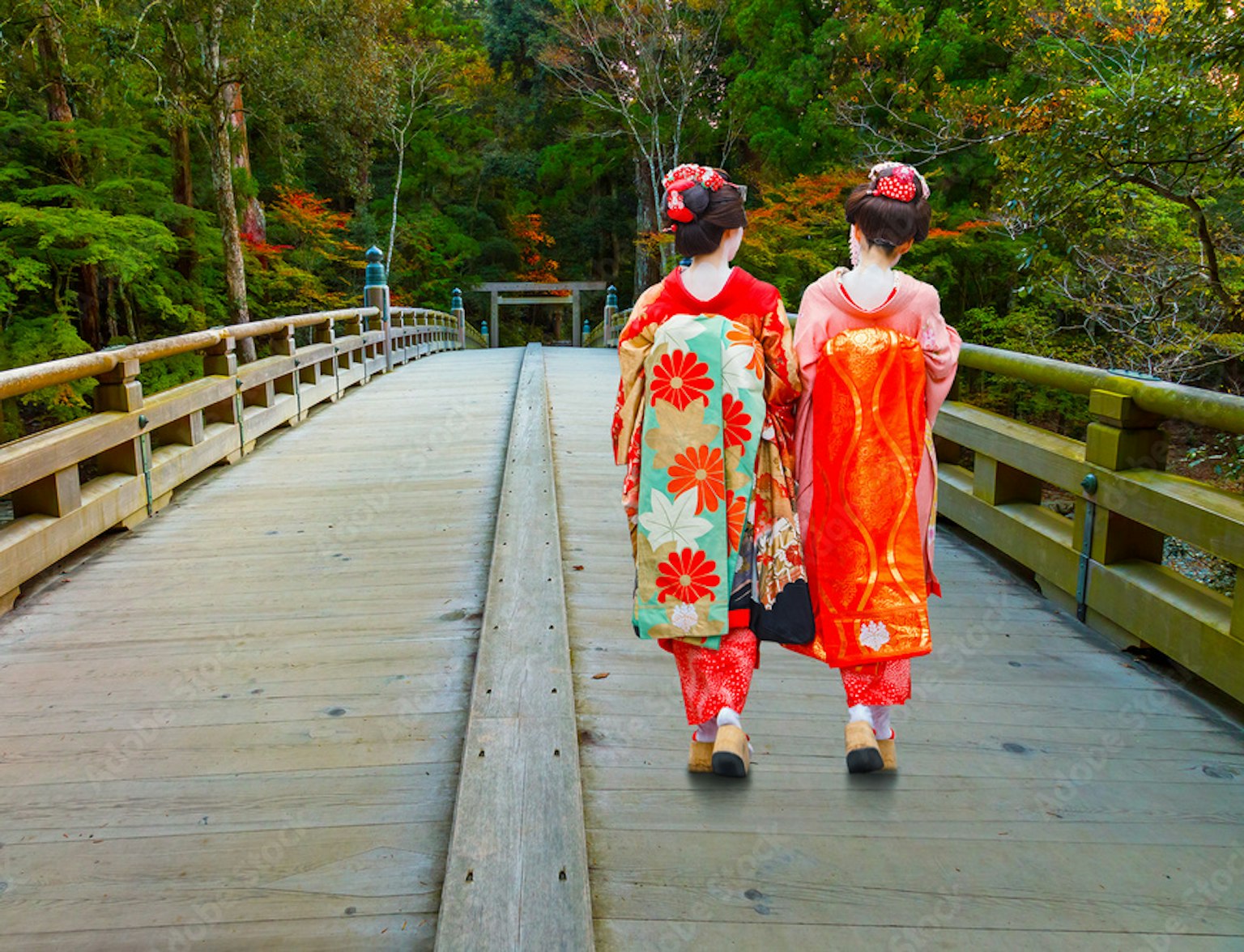
Explore the exciting culture and history that lies within.
Japan's natural wonders offer a diverse array of breathtaking experiences for outdoor enthusiasts, culture lovers, and spiritual seekers alike. From the majestic Mount Fuji and the serene Miyajima Island to the enchanting forests of Yakushima and the tranquil escape of Nikko National Park, each destination invites you to immerse yourself in the country's rich history, culture, and breathtaking landscapes. The awe-inspiring destinations provide countless opportunities for relaxation, rejuvenation, and personal growth.
As you embark on your journey through Japan's natural wonders, remember to embrace the beauty and wisdom of the land, forging lifelong memories and a deeper appreciation for the world around us. The sakura season and sacred sites like Kumano Kodo and Mount Koya showcase Japan's deep connection between nature and spirituality. Whether you're a seasoned traveler or a first-time visitor, Japan's stunning nature spots are sure to leave an indelible mark on your heart and soul.



